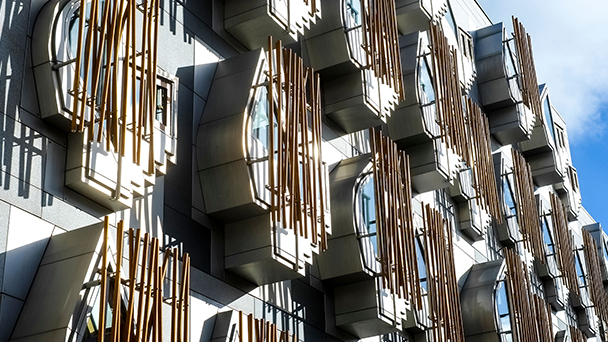3 Characteristics and functions of the UK’s constitution
Having learnt a little about the background of the evolution of the UK you now consider the specific characteristics and functions of the UK’s constitution. You may already be aware (from reports you may have seen in the media or TV and film dramas) of some underlying conventions of the UK’s constitution, for example that:
- free and fair elections are held on a regular basis (whether for the Scottish Parliament or the UK Parliament)
- in the Scottish Parliament, the leader of the political party with the largest majority normally becomes First Minister. The First Minister is nominated by the Scottish Parliament and is officially appointed by the monarch
- in the UK Parliament, the leader of the political party with the largest majority in the House of Commons normally becomes Prime Minister. The Prime Minister is officially appointed by the monarch
- in the UK Parliament, the custom that the Gentleman Usher of the Black Rod knocks at the door of the House of Commons chamber to summons the members of the House of Commons to hear the Queen’s Speech in the House of Lords.
The UK’s constitution has been described as monarchical, supreme, largely unwritten (uncodified), and flexible. On the diagram below click on each of the four boxes to learn more about these aspects of the UK’s constitution.
